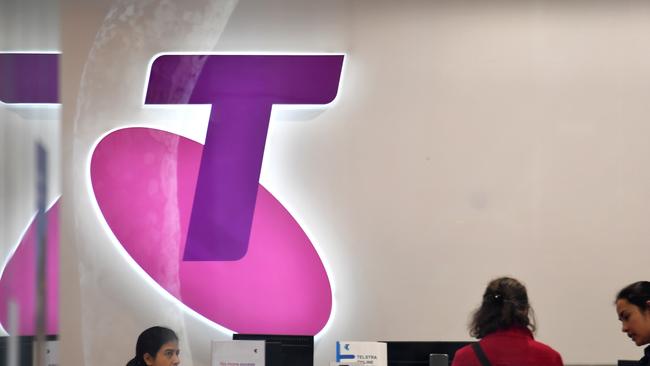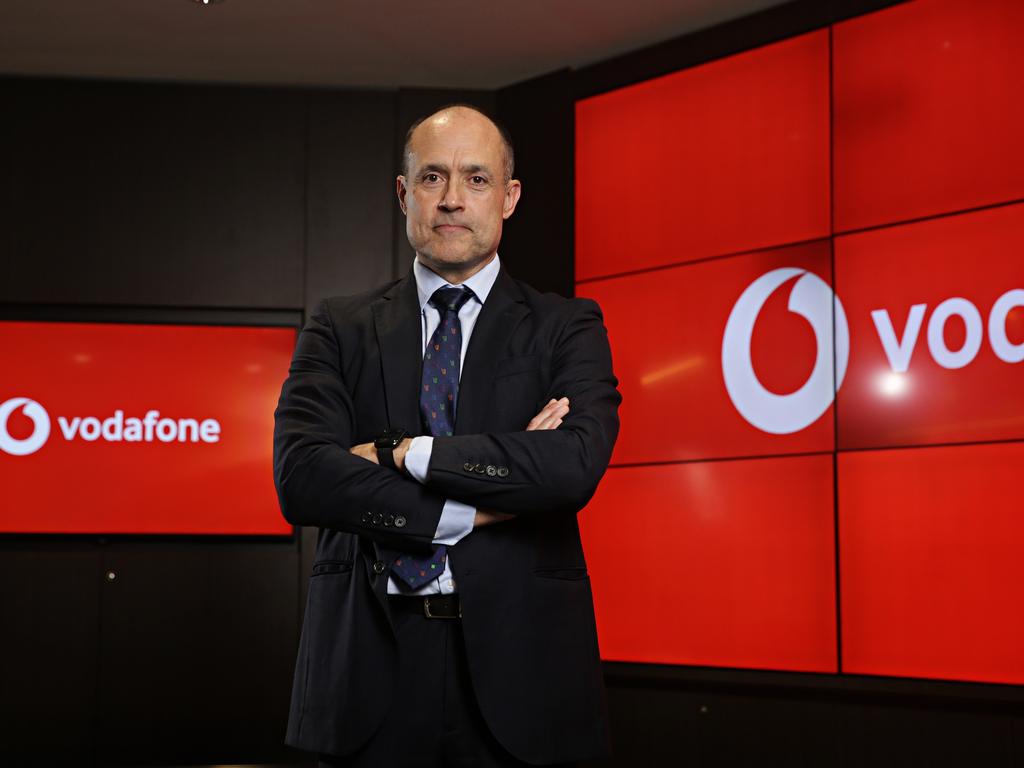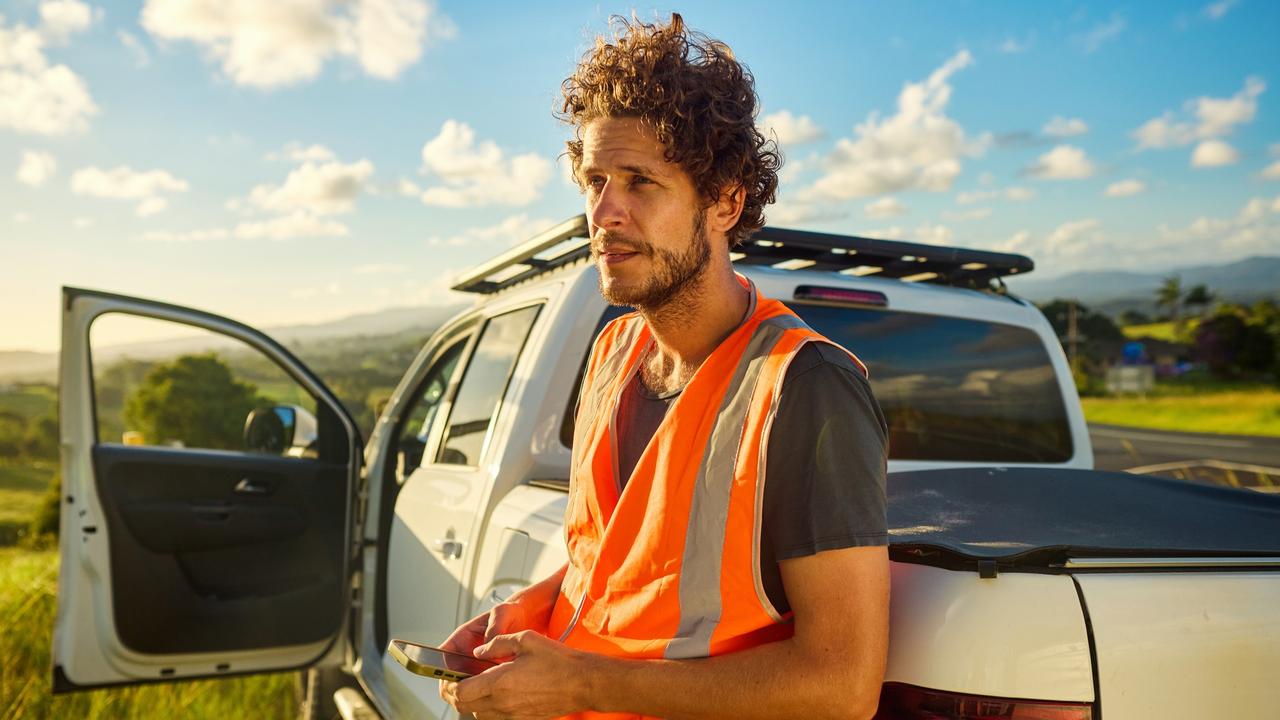Telstra admits defeat on blanket NBN speeds promise
Telstra says most connections are unable to deliver download speeds of 100 megabits per second.

Telstra has stopped offering the highest speeds available over the National Broadband Network over large portions of the $51bn network, saying that most connections are unable to deliver download speeds of 100 megabits per second (Mbps).
The telco is only offering the 100Mbps NBN plan to customers on full fibre or hybrid fibre coaxial (HFC) connections, with homes connected to fibre-to-the-node (FTTN), fibre-to-the-curb (FTTC) and fibre-to-the-basement (FTTB) to get the standard NBN 50mbps plan.
“The reason for this is because a number of our customers on FTTN/B/C do not have connections that are capable of achieving 100Mbps,” a Telstra spokesman said.
“It is often the case that customers that sign up to these plans will be subsequently notified that they cannot achieve top speed and end up downgrading to a lower plan or leaving.”
Telstra’s move comes as the telco continues to agitate for lower wholesale NBN prices, with the telco’s boss Andrew Penn recently warning that it was making very little profit from selling NBN plans.
It also raises concerns about NBN Co’s ability to hit its average revenue per user (ARPU) target of $45, especially as it looks to encourage more homes to sign up to 100Mbps plans.
Only 25 per cent of homes on FTTN NBN connections are able to get 100Mbps download speeds and with the FTTC and FTTB technologies also unable to offer high speeds reliably Telstra’s latest decision should provide it a level of protection from the Australian Competition and Consumer Commission (ACCC).
The telco was forced to refund about 42,000 customers in November 2017 for failing to deliver the advertised NBN speeds. The bulk of the affected customers were on the NBN fibre-to-the-node (FTTN) or fibre-to-the-building (FTTB) connections.
With 6.6 million premises connected to the NBN, about 11 per cent of these are on 100mbps plans and Telstra’s move also highlights the limitations of the copper-based technologies.
Meanwhile, the ACCC’s latest speed report also pinpointed FTTN technology as a major pain point for end users, with about a quarter of FTTN consumers on paying for high-speed plans not receiving anywhere near their full plan speeds, at any time.
Telstra’s major rivals are for the time being are continuing to offering 100Mbps NBN plans across all access technologies.
“Optus offers NBN’s 100Mbps services to our customers,” a spokeswoman said.
“Optus frequently evaluates and adjusts our product offerings according to demand and customer feedback.”
Vodafone Hutchison Australia, a relative newcomer to the fixed broadband market, is also not following Telstra’s lead, with the telco’s boss Inaki Berroeta saying that Telstra’s withdrawal offers other in the market at an opportunity.
“40 per cent of our customers are on 100Mbps NBN plans and our intention is to continue down that level,” he told The Australian.
However, he added that there were areas on the NBN where the speeds couldn’t be delivered.
“We need to look at this from an industry productive and it’s really important that we are able to give consumers full transparency on what service they can realistically get.”
“I think in the long run there should be an debate on why there are certain areas of Australia that can’t get a 100Mbps product,” he added.
Minister for Communications, Cyber Safety and the Arts, Paul Fletcher, said there were enough providers in the market to serve consumers.
“While Telstra has taken a decision to withdraw their 100Mbps services on some technologies, there are a range of other service providers who continue to offer these high speed plans to their customers,” he told The Australian.
“The premise behind the NBN is to promote competition in the retail market, the plans service providers choose to offer are commercial decisions for these companies.”






To join the conversation, please log in. Don't have an account? Register
Join the conversation, you are commenting as Logout